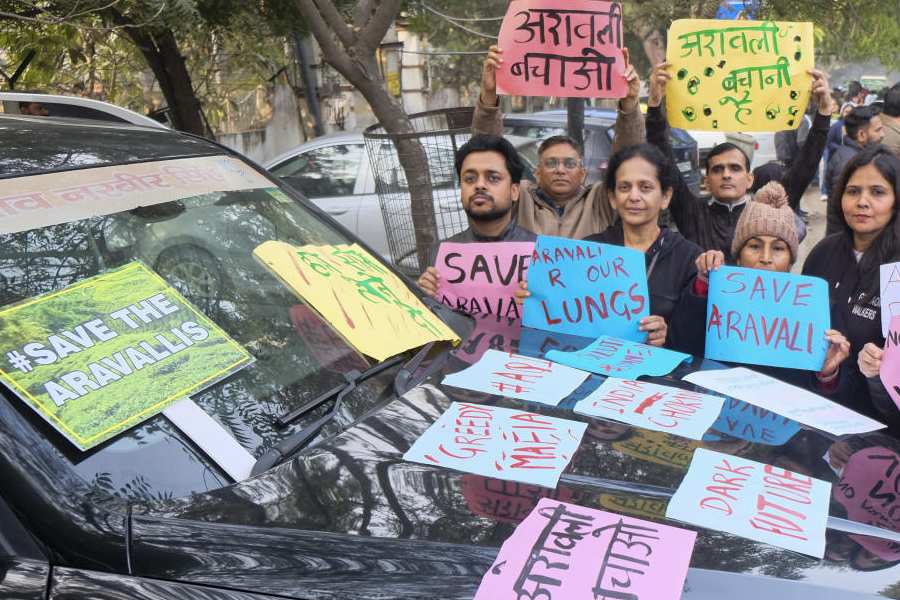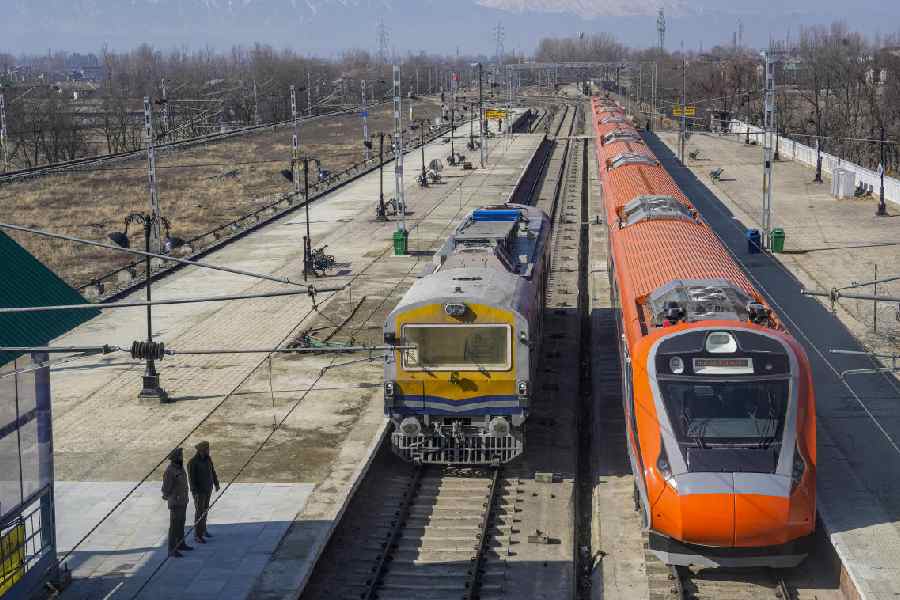India has decided to roll back its decade-old mandate requiring coal-fired power plants to install flue gas desulphurisation (FGD) systems, easing clean-air regulations for the majority of its thermal power fleet.
A gazette notification issued by the Union environment ministry late on Friday said that 79 per cent of coal-based power plants, those located outside a 10-kilometre radius of major cities, will now be exempt from installing FGDs, which are designed to reduce sulphur dioxide (SO₂) emissions, reported Reuters.
Another 11 per cent of plants, located near but not within highly polluted urban zones, will be evaluated on a case-by-case basis. Only 10 per cent of plants, mostly near New Delhi and cities with a population of over one million, must comply with the FGD installation requirement by December 2027.
This means that most coal power plants in India no longer need to install expensive pollution-control equipment unless they’re near major cities.
The reversal comes after the government found that while FGDs remove one kind of harmful gas (SO₂), they also create more of another harmful gas (CO₂) in the process.
The government’s new stance aligns with findings from a study commissioned by the Office of the Principal Scientific Adviser and conducted by the National Institute of Advanced Studies (NIAS), Bengaluru.
The NIAS study, submitted in late 2024, argued that a 2015 mandate was flawed, given that over 90 per cent of Indian coal has low sulphur content. The report suggested that FGD installations should be limited to plants using imported or high-sulphur coal.
It also highlighted that India’s thermal power stations typically have 220-metre-tall chimneys and operate in climatic conditions that dilute SO₂ emissions, thereby reducing the risk of acid rain and other pollution-linked hazards.
The study warned that installing FGDs across all plants would raise operational power and freshwater consumption, leading to an estimated 69 million tonnes of additional CO₂ emissions between 2025 and 2030, while cutting SO₂ emissions by only 17 million tonnes.
It cited Intergovernmental Panel on Climate Change (IPCC) data to argue that SO₂ has historically had a cooling effect on global temperatures.
India’s top electricity producer has already spent an estimated $4 billion to equip around 11 per cent of its plants with FGDs. Around half the thermal units have placed orders or begun installation, raising concerns about cost recovery and competitive fairness.
The new notification remains silent on how these issues will be addressed.
The NIAS report, authored by R. Srikanth, A.V. Krishnan, and Dizna James, recommended a sharper focus on reducing particulate matter (PM) emissions — a more severe issue in India due to the high ash content in domestic coal.
It proposes widespread installation of electrostatic precipitators developed by Bharat Heavy Electricals Limited (BHEL), which are cheaper and reportedly remove 99 per cent of PM emissions.
“The Environment Ministry’s policy on the FGD was a mistake, but there is now enough evidence to back it up. It is time that the policy is rolled back,” Dr. Srikanth told The Hindu.
India had initially mandated all 537 coal-based power units to install FGDs in phases starting from 2018, but the compliance deadline was repeatedly extended, now stretching as far as 2029 for some plants.
With the new notification, only a small fraction of India’s growing coal fleet (currently at 218 GW and projected to reach 283 GW by 2032) will be subject to the original desulphurisation rules.










